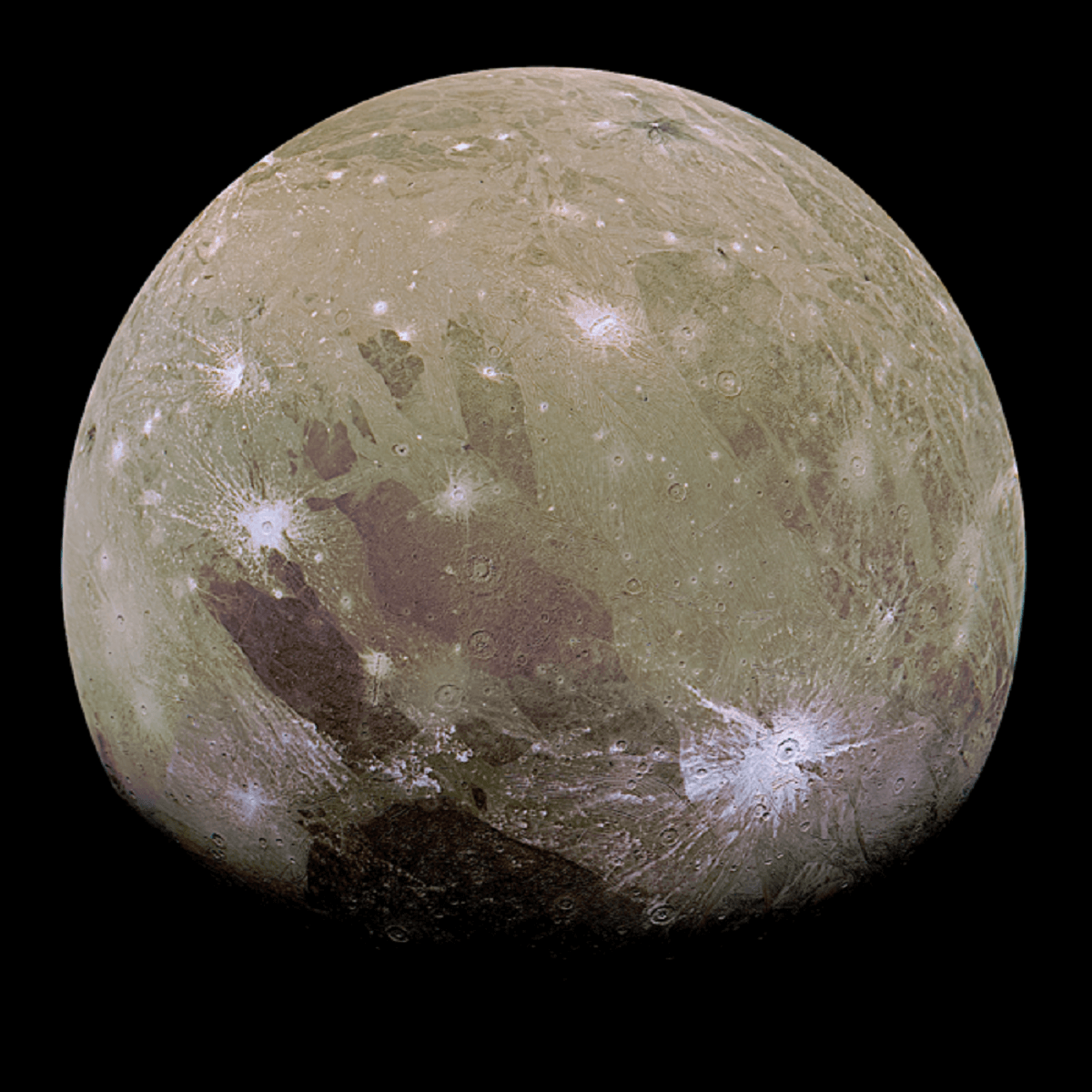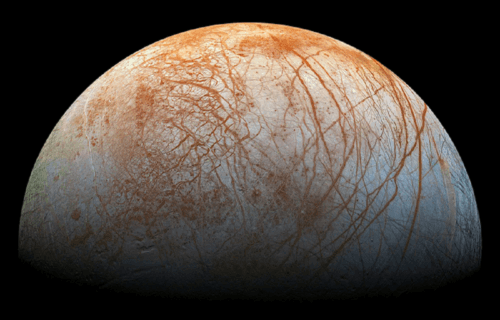SEATTLE — The recent discovery of salty ice on distant moons could potentially reveal insights about extraterrestrial life, according to a new study. Researchers have accidentally encountered a previously unknown solid crystal by mixing table salt with water under high pressure and extremely low temperatures. Astronomers believe this compound exists in the frozen oceans of Jupiter’s moons, making it a crucial finding for upcoming missions to explore these promising areas of our solar system — in the search for alien life.
The study, led by researchers from the University of Washington, involved compressing a small amount of salty water between two tiny diamonds. The transparent diamonds allowed scientists to observe the process through a microscope.
“It’s rare nowadays to have fundamental discoveries in science. Salt and water are very well known at Earth conditions. But beyond that, we’re totally in the dark,” says Dr. Baptiste Journaux, the study’s lead author, in a university release.
These conditions of extremely cold and high pressure resemble those on Jupiter’s moons, including Europa. These moons are believed to have ice surfaces covering deep oceans, and this discovery sheds light on the formation and properties of the ice in such environments.

The researchers say this discovery has broader implications for planetary science, physical chemistry, and energy research. The newfound hydrates could have applications in energy storage, making this a multidisciplinary breakthrough.
The study team aims to obtain a larger sample of this new type of salty ice for further analysis.
The research findings may also assist upcoming missions to distant moons in our solar system. Both the European Space Agency (ESA) and NASA are planning missions to explore these moons, with ESA’s Jupiter Icy Moons Explorer mission launched in April and NASA’s Europa Clipper mission scheduled for October 2024.
“They are, in my opinion, the best place in our solar system to discover extraterrestrial life, so we need to study their exotic oceans and interiors to better understand how they formed, evolved and can retain liquid water in cold regions of the solar system, so far away from the sun,” says Dr. Journaux.
The discovery of this new type of ice opens up new avenues of research and exploration in our quest to understand the cosmos and the potential for life beyond Earth.
The study is published in the journal Proceedings of the National Academy of Sciences.
You might also be interested in:
- A robot snake could help NASA scientists make contact with alien life
- Aliens on Saturn’s moon? Astronomers discover essential building block of life on Enceladus
- We come in peace: Scientists and artists prepare for first contact with alien life
South West News Service writer James Gamble contributed to this report.

